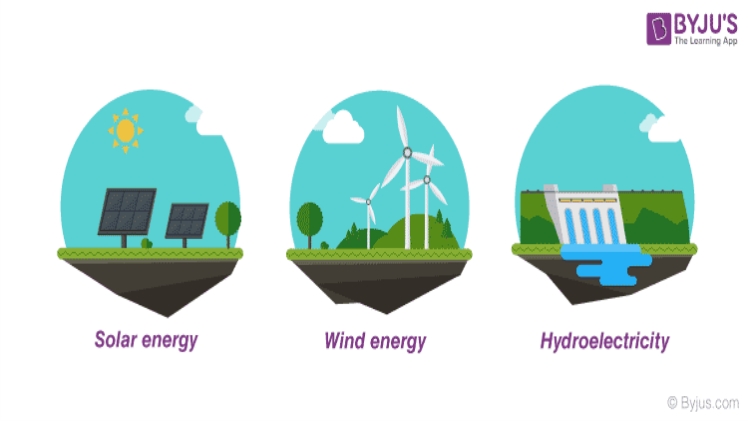It will be good to start from the beginning and therefore from the 20-20-20 goal that the European Union set itself back in 2009: reduce greenhouse gas emissions by 20%, increase the use of renewable sources to 20% and save 20% total energy.
The goal was certainly ambitious and for this reason, it was necessary to proceed in different directions bearing in mind that the priorities were:
- reduce the consumption of electricity;
- reduce the use of non-renewable energy sources, ie fossil fuels (all derivatives of oil and coal);
- reduce atmospheric emissions of carbon dioxide (CO2) and other greenhouse gases;
- encourage the use of green energy sources (hydroelectric, solar, wind, geothermal).
With these priorities, it has become necessary to consider the energy consumption of practically all sectors, from transport to household appliances, which must be produced with the aim of consuming as little energy as possible.
The buildings could certainly not be left out,
And it is always the houses that consume electricity for lighting, for the operation of household appliances and air cooling systems. In this way, it was decided to raise awareness among owners on the issue of energy redevelopment, resorting to the use of energy classes and energy certifications.
You can also check Power to Choose to know more.
Do you want to know more about the energy classes?
To achieve energy savings on buildings, a certification was designed by expert certifiers, with the aim of making owners aware of the energy consumption of their home and to encourage them to make it more efficient.
Thus, energy classes have been established, 10 to be precise and, after a careful examination of the buildings that takes into account numerous parameters, the employees are able to calculate the energy class and assign it to each home.
The calculation of the energy class is complicated and is performed only by the certifying experts. The energy classes are indicated with the letters of the alphabet from G to A4. For class A, which is the one that indicates the greatest efficiency, there are in fact 4 subclasses: A1, A2, A3 and A4.
You can check the reviews at Pulse Power Reviews
Does it seem complicated to you?
Well, here is a list that will outline the energy classes for you. It may sound a little boring, but it will help you clear your mind.
In class G and F there are those buildings with oil boilers, with old wooden windows with thin glass and which may not close well. In short, these are homes where drafts are the order of the day and where heat dispersion is maximum. The redevelopment of apartments in class G and F is absolutely advisable.
- In class E there are the first measures for energy saving. The boilers, although not very efficient, are methane and there are some insulations, even if not performed with modern techniques.
- In class D the insulation of buildings is more efficient, there are double glazed windows and the perimeter walls have a greater thickness.
- In class C the insulation of the rooms is better, thermostatic valves are present on the radiators and the boilers are condensing.
- In class B there are those buildings which have also been intervened on the outside with the installation of insulating panels.

